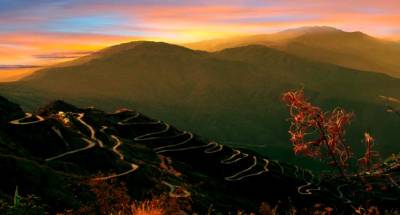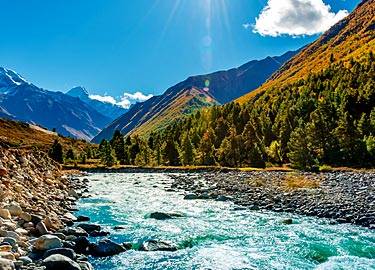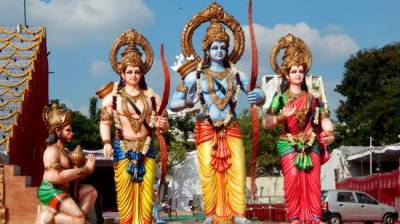Sikkim, a beautiful state in northeastern India, is known for its vibrant cultural heritage, deeply reflected in the various Sikkim festivals. These celebrations blend Buddhist traditions and the indigenous customs of the region, offering a unique glimpse into the state’s diverse culture. Festivals here are religious and serve as a platform for social interaction and community bonding. The festivals in Sikkim are celebrated with great enthusiasm, drawing both locals and visitors to experience the rich traditions. Among the most popular are Losar, Saga Dawa, and Tihar. Each festival holds deep religious significance, and the locals celebrate them with prayers, rituals, music, and dances that showcase the region's unique blend of culture and spirituality.
One of the critical highlights of festivals Sikkim offers is the extravagant use of traditional masks, costumes, and music in celebrations such as the Bumchu festival. These cultural elements provide a colourful experience that keeps the spirit of Sikkimese traditions alive. Tourists often plan their trips around these festivals to witness firsthand the state’s festive atmosphere. Festivals of Sikkim state vary across the year, with many celebrated according to the lunar calendar. This allows for a continuous stream of yearly festivities, including flower shows, food festivals, and religious ceremonies. These celebrations highlight Sikkim's agricultural roots and showcase the region's natural beauty through flower displays and local produce.
If you're looking for a list of Sikkim festival names, some of the most famous include Losoong, Bhumchu, and Pang Lhabsol. Each festival has unique rituals and significance, making it an integral part of the state's cultural calendar. To fully appreciate the diversity, you can explore the festivals of state with pictures that capture the colourful costumes, vibrant dances, and elaborate rituals. These images are a visual treat, highlighting the artistic and cultural richness of the state. Among famous festivals, Losar and Pang Lhabsol stand out due to their historical significance and large-scale celebrations. These festivals are an integral part of the state's identity, drawing visitors from around the world who come to witness the grandeur of Sikkim's traditions.
| Sr. No. | List of Festivals in Sikkim | More Information |
|---|---|---|
| 1 | Dashain | |
| 2 | Losar | |
| 3 | Losoong | |
| 4 | Pang Lhabsol | |
| 5 | Saga Dawa | |
| 6 | Bumchu | |
| 7 | Maghe Sankranti | |
| 8 | Tihar | |
| 9 | Drukpa Tshechi | |
| 10 | Kagyed Dance Festival | |
| 11 | Chaite Dashain | |
| 12 | Indra Jatra | |
| 13 | Bhai Tika | |
| 14 | Mangan Music Festival | |
| 15 | Ram Navami | |
| 16 | Tendong Lho Rum Faat |






















